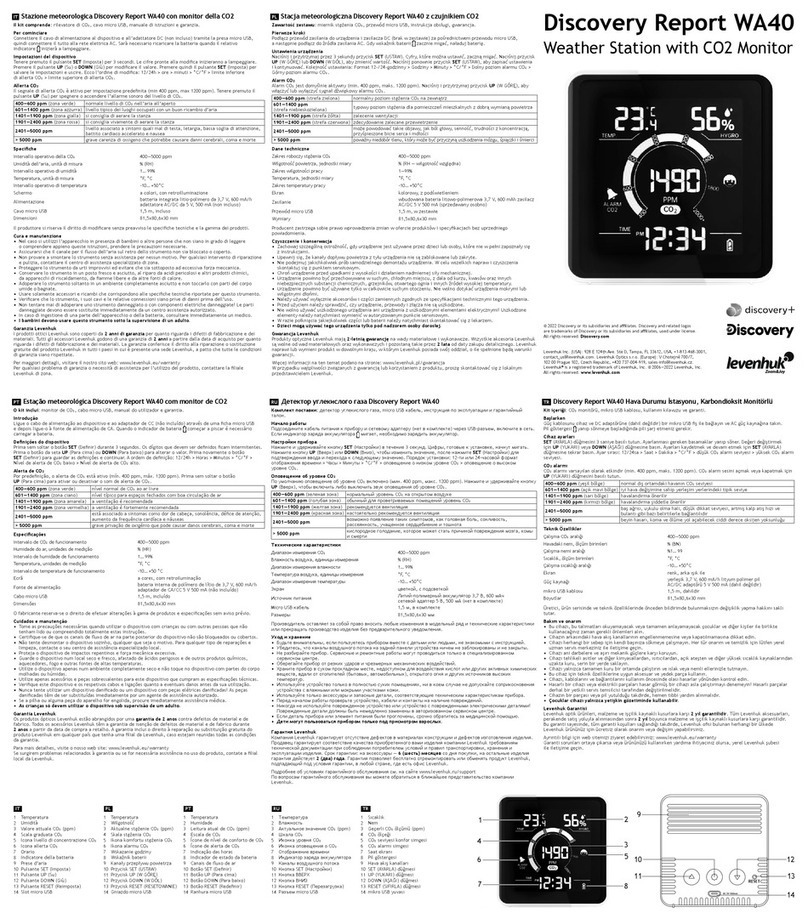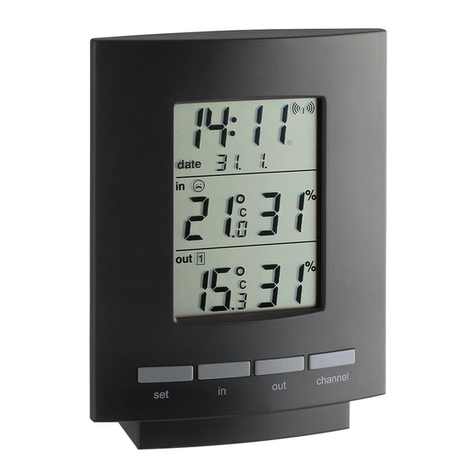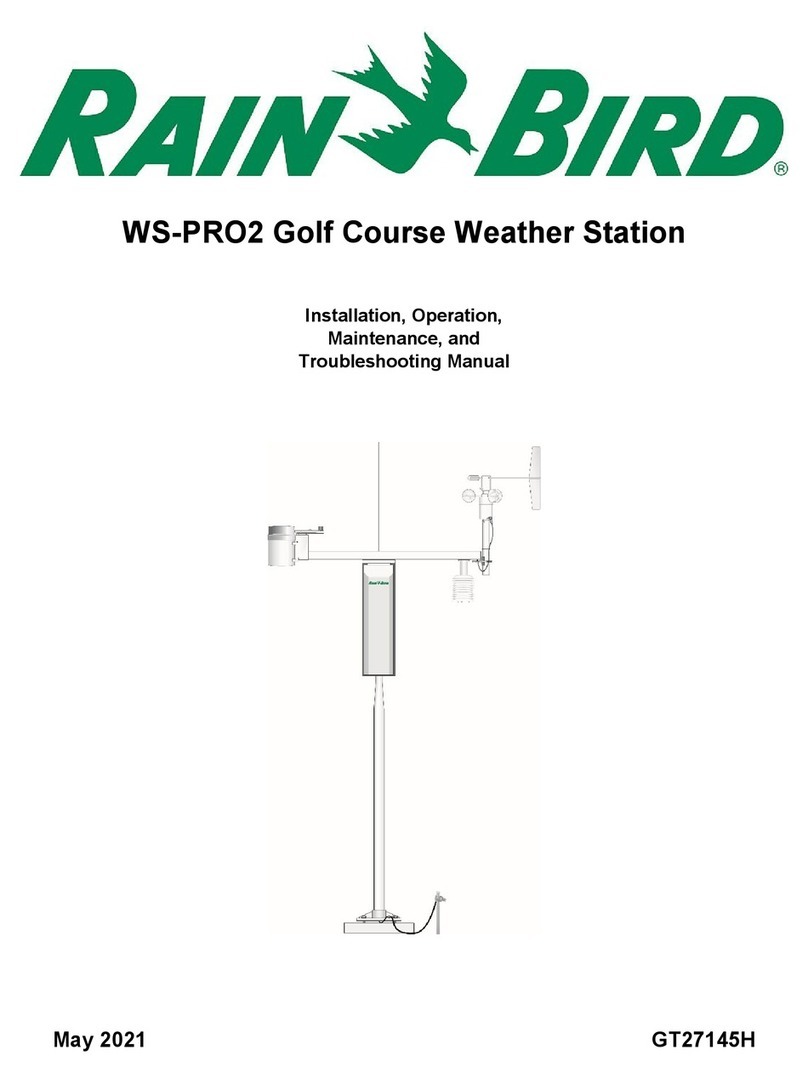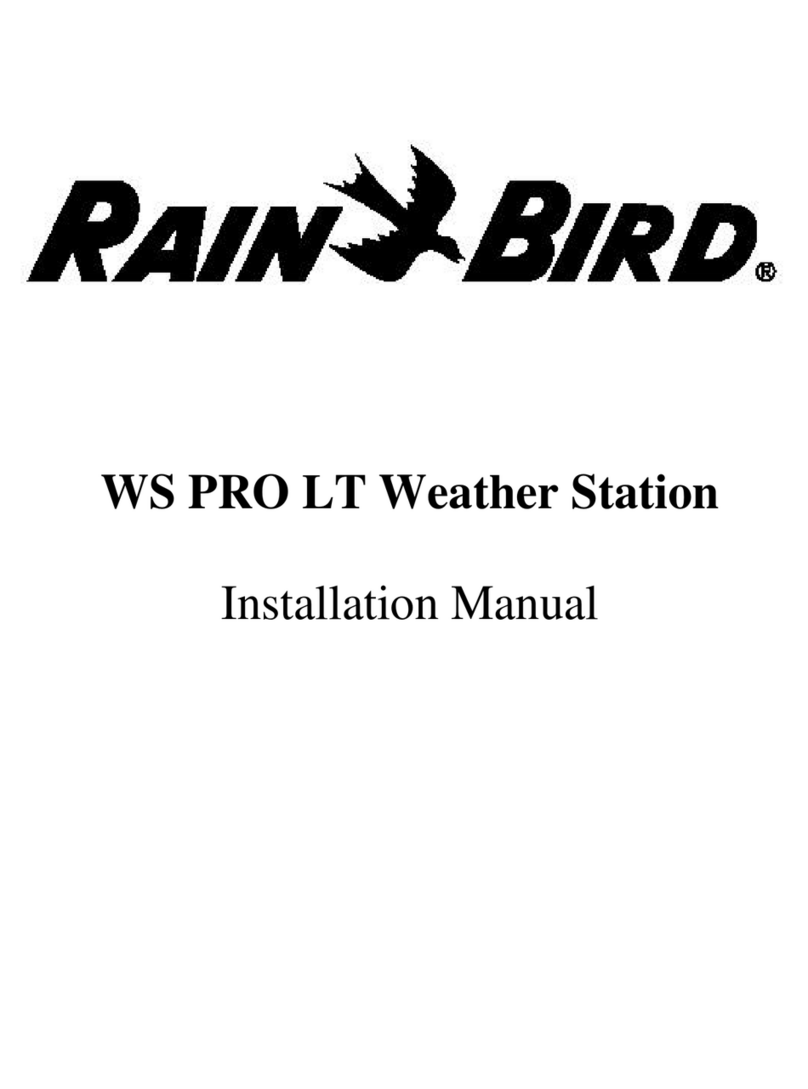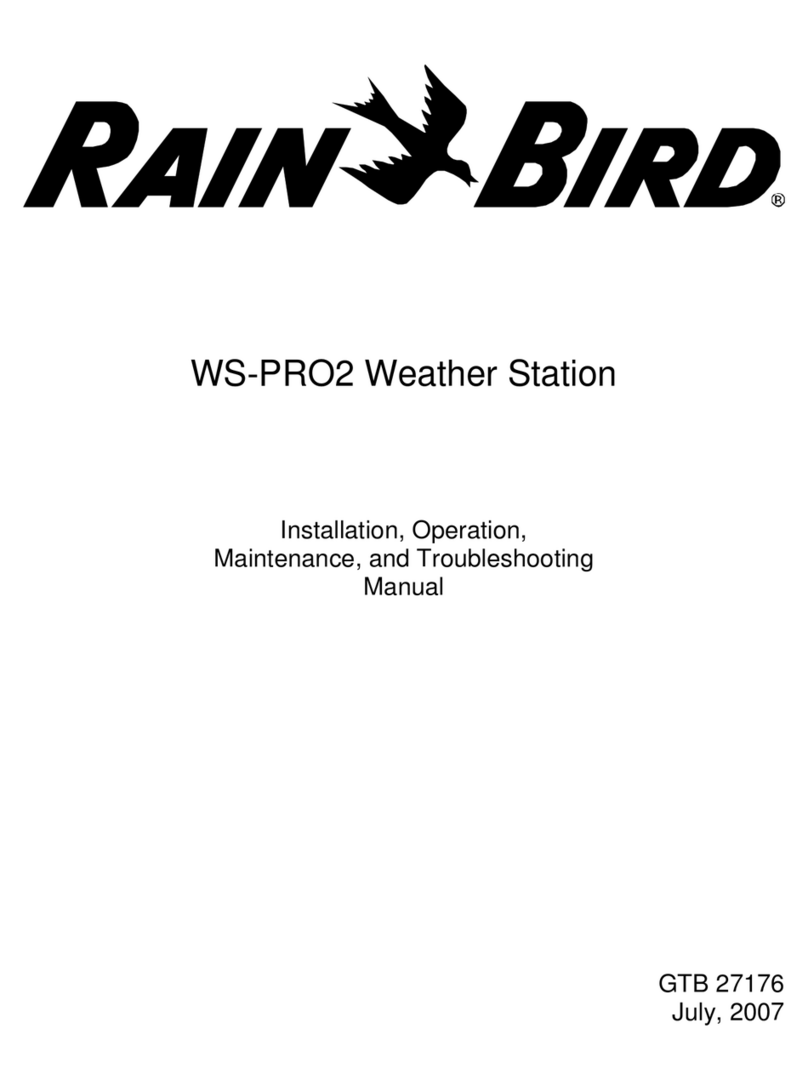
Page ii
Table of Contents - Cont’d.
Description Page
InstallationofLightningRod....19
PowerSupplyRechargeableBattery....19
ACExternalPowerWiring.....21
PowerSupplyOptionSolarPanel....22
8.0 InstallationofInstrumentation.....24
General.......24
SuppliedComponents .....24
InstallationofCross-ArmtoETEnclosure...24
Installation of 034A Wind Sensor ....26
Installation of Relative Humidity/Temperature
SensorandRadiationShield....28
Installation of Solar Radiation Pyranometer . . 29
SensorCableConnections.....30
Configure Sensor Switch Settings ....31
SensorVerificationandClockSet....31
ShortHaulModemInstallation....31
TelephoneModemInstallation....33
9.0 Sealing&DesiccatingtheEnclosure....34
10.0 InstallationatCentralComputer....35
SuppliedComponents .....35
Installation.......35
ModelPRO-PH~PhoneConnected....38
SuppliedComponents ....38
Installation-General.....38
Standard Installation Method . . 38
11.0 Maintenance&Troubleshooting....40
GeneralMaintenance .....40
InstrumentationMaintenance....40
Batteries.......40
RechargeableBattery.....40
Desiccant.......40
SensorMaintenance......40

